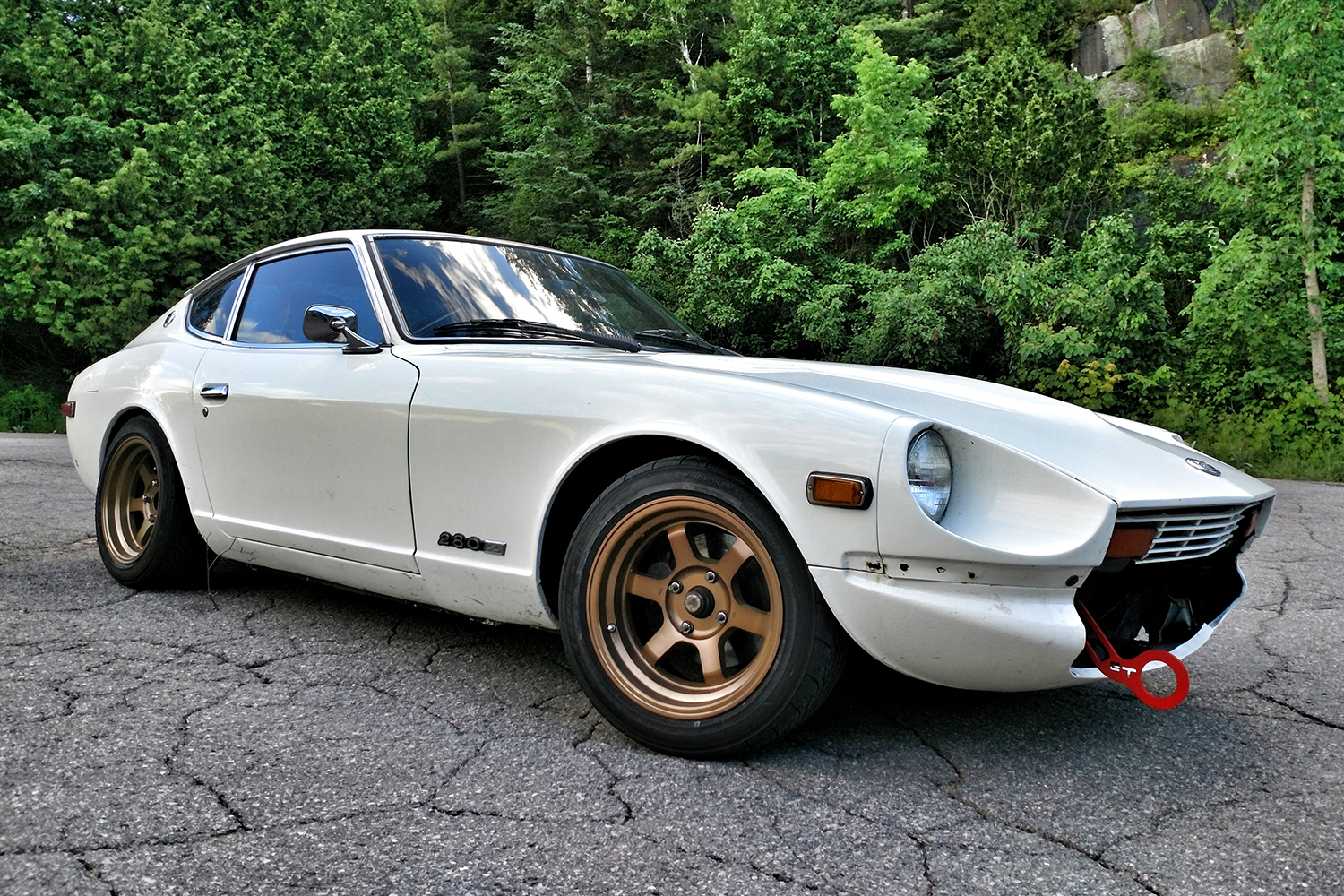The fetishization of ever-larger SUVs in modern times obscures the fact that pint-size 4x4s have an extensive and important history of their own. The original Willys Jeep, for example, which launched the entire sport-utility trend in the years following World War II, would have cowered in the long shadow of the current Wrangler. In a true example of form following function, its modest footprint was designed to be easily transportable to wherever troops were staged, not to mention capable of shimmying past tight obstacles down the narrowest of paths as it scouted out enemy terrain.
The last hurrah of reasonably proportioned four-wheel drives occurred in the 1990s, as Japanese automakers accustomed to building to the smallish scale of the country’s narrow rural road systems unleashed a final wave of small-to-mini people movers. Of these, no company was more prolific than Suzuki, which boasted the Samurai, the Sidekick and the two-seat X-90 among its flock.
By the early 2000s, the mini-ute’s day had passed, with the two-door version of the Sidekick (now named the Vitara) fading out in favor of a larger four-door edition that would eventually up-size itself out of the equation. Not long afterward, Suzuki retreated entirely from the U.S., convinced there was more profit to be made from focusing on its home market.
Today, ultra-popular crossovers have completely taken over the entry level, displacing hatchbacks with their taller ride height and the promise of all-wheel-drive traction. Distinctly missing from the mix, however, is anything that could be considered a traditional trail machine in the same vein as the solid-axle small fry that once scampered over rocks — in North America, that is.
You see, in Japan (and elsewhere) tiny trucklets never really went away, and continued to flourish as cult favorites with devoted fan bases dedicated to four-whee!ing. There’s really nothing preventing this class of SUV from making a triumphant return into a world that’s obsessed with anything that boasts an off-road image.
Who better to do it than Suzuki? And what badge more deserving of resurrection than the Sidekick?
Keeping the Faith
Despite having transitioned the Vitara (also known as the Escudo, the Proceed Levante, the Sunrunner or the Tracker, depending on what badge-engineering scheme was afoot) from off-roader to crossover more than a decade ago, Suzuki clung to its tiny-utility roots by way of the Jimny, the kei-class SUV that had been briefly sold on American shores as the Samurai.
The latest generation of the Jimny appeared in 2018, and it stayed true to form with a pair of coil-sprung solid axles, a full ladder frame and low-range four-wheel drive. Although forced to retreat from Europe due to tightening emissions regulations (where it’s now available as a commercial-only option), buyers in Japan, Australia and Latin America continue to be enamored with the choice between its sub-liter turbo three-cylinder engine or double-sized four-cylinder motor, and its respectable go-anywhere capabilities. This is especially true in farm-friendly areas where the Jimny’s narrow countenance squeezes between trees and fence posts with alacrity.
Small, But Not Smallest
There’s no doubt that the Jimny is too tiny to be widely accepted by American motorists. That being said, the vehicle serves as proof that Suzuki, a brand with both the acumen for building 4x4s and a long history in the United States, could easily punch out the dimensions of its traditional body-on-frame platform and bring forth the Sidekick II. Picture a square-shaped sport-utility with the same Mercedes-Benz G-Wagen profile of the Jimny that’s roughly the same size as something like the Volkswagen Taos or Hyundai Tucson, and you’re in the right ballpark for sales success.
Rugged but pocket-sized is an aesthetic that would play extremely well in a world that’s gone gaga for anything that hints at off-road beef. The design of the Sidekick redux isn’t the problem, however, as there’s a pair of more pressing issues standing in the way of realizing this SUV fantasy.
The first is related to distribution. While Suzuki maintains at least a vestigial automotive presence to support past models, the company pulled out of the U.S. after 2012 and no longer operates any dealerships in stateside. While it does maintain a strong motorcycle business in the country, selling SUVs out of a scattered collection of parts counters and bike showrooms isn’t a winning business model.
Next up is the would-be Sidekick’s mechanical package. A big part of the Jimny’s ability to endure decades of shifting automotive tastes has been the cheap costs associated with its production. There’s not much simpler than a small body-on-frame vehicle, but as evidenced by the Jimny’s not-so-clean mechanicals, finding a suitable drivetrain may not be as inexpensive a proposition.

Enter Toyota
Fortunately, there’s a two-birds-with-one-stone solution to each of the above problems. Toyota, which has never met a co-branding partnership it didn’t like, has a long history of cooperating with Suzuki internationally, and in fact counts itself as a stakeholder in the company. As with corporate partner Subaru (which manufactures the BRZ/GT86 sports cars and the Solterra EV in cahoots with Toyota), the automaker has rebadged a number of Suzuki models and sold them under its own banner in various global markets.
Toyota’s distribution network, and lack of a small 4×4 to call its own, presents an appealing landing spot for a proposed Sidekick revival. Even better: The automotive giant’s substantial electric vehicle expertise (and willingness to spread it around) provides the Sidekick with a solution to its drivetrain issue.
A pure EV edition of the small, rugged off-roader would present an appealing challenger to existing small SUVs like the Ford Bronco Sport and the Jeep Renegade, and help Toyota expand its brand into the go-anywhere SUV space beyond the role occupied by the plus-size (and horrendously inefficient) 4Runner. Badged as a Toyota in the U.S. and a Suzuki at home, there’d be no toes to step on as both companies recouped their respective investments from a position of strength.
Plug in and Dream
Part of the promise of electrification is decoupling automotive design from decades of accrued common practice. Whether it’s frunks, battery skateboards or crab-walking, EVs provide a new canvas on which stylists and engineers can hang a vehicular framework.
Tapping into the creative potential for electric drivetrains to reinvigorate segments of the industry abandoned due to emissions concerns or the shifting tides of consumer interest presents a fertile ground for a business currently mired in the same-same crossover doldrums. If one absolutely must bring another SUV into the world, then an electrified reanimation of the Suzuki Sidekick, a vehicle whose modest form factor and ferocious off-road capability has come back around again at last in the popular imagination, is a great place to start.
This article appeared in an InsideHook newsletter. Sign up for free to get more on travel, wellness, style, drinking, and culture.

























